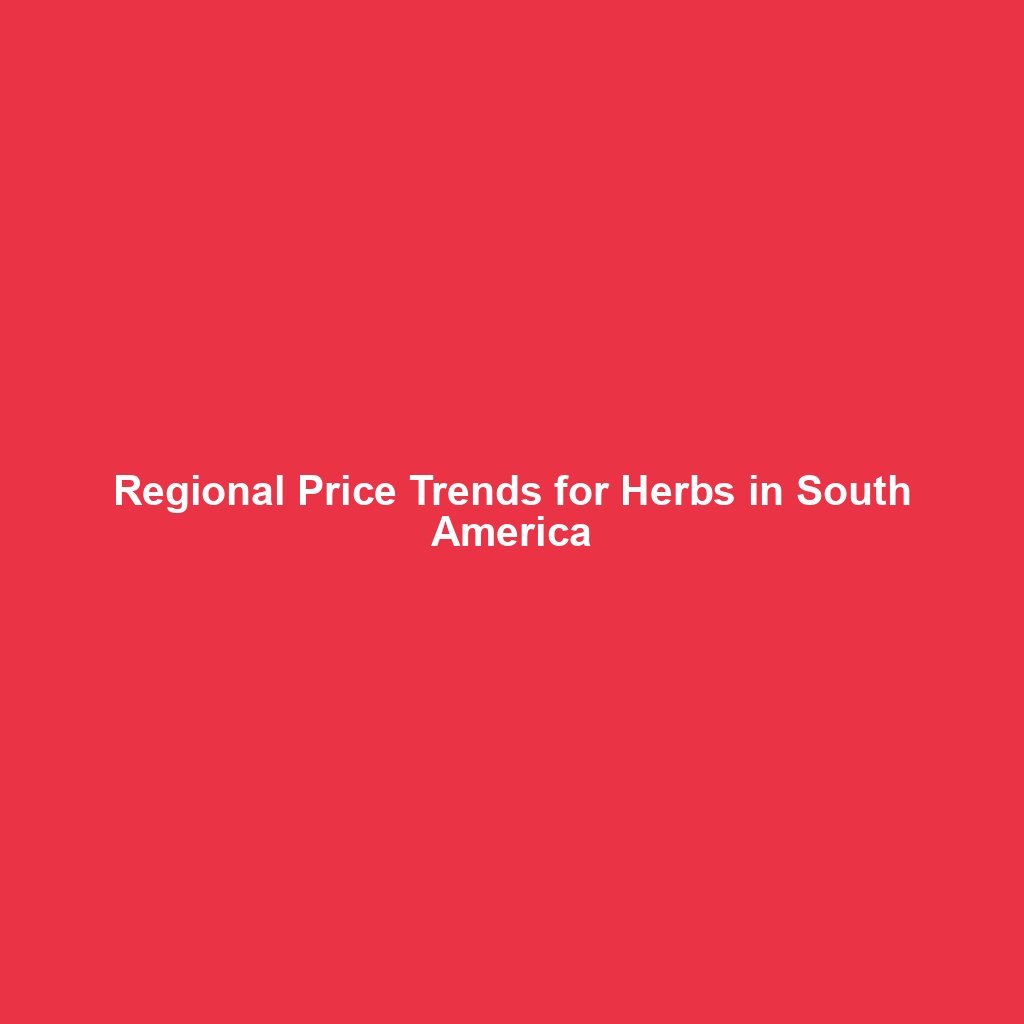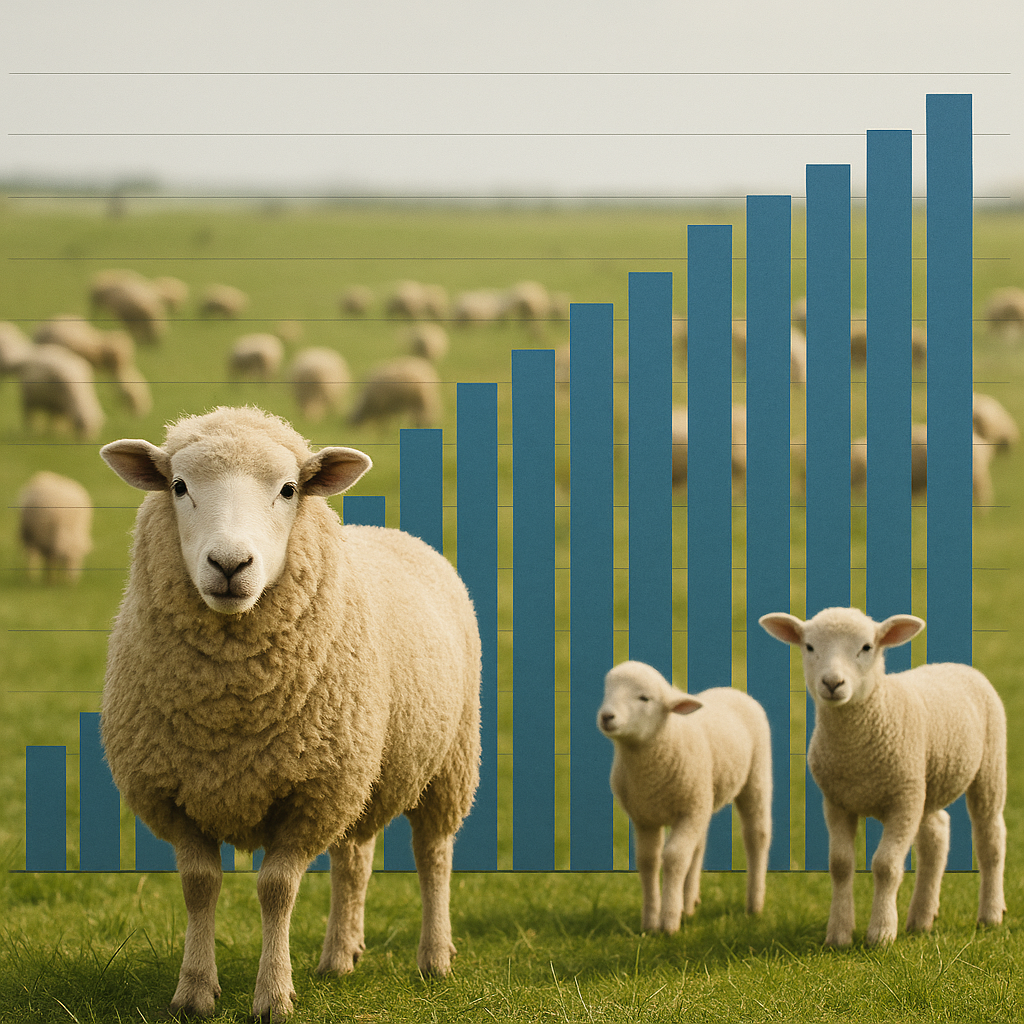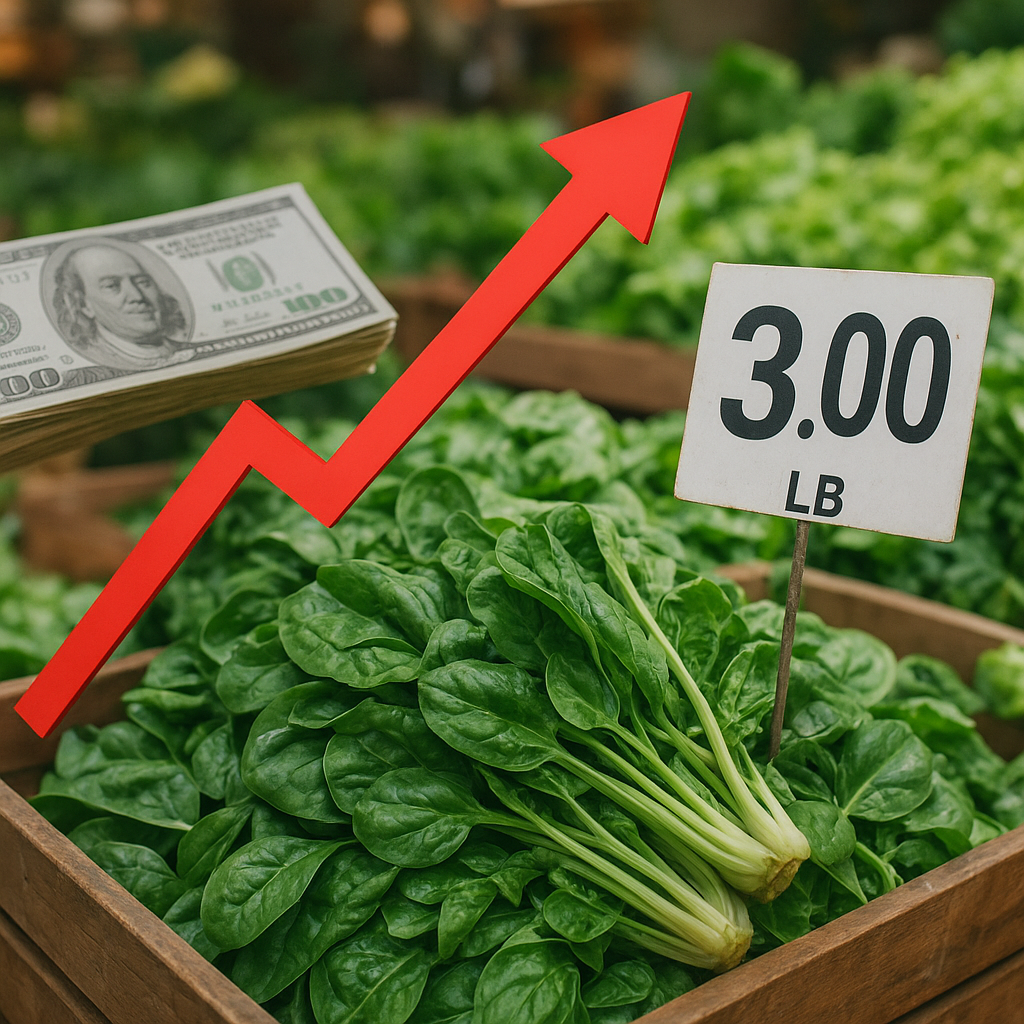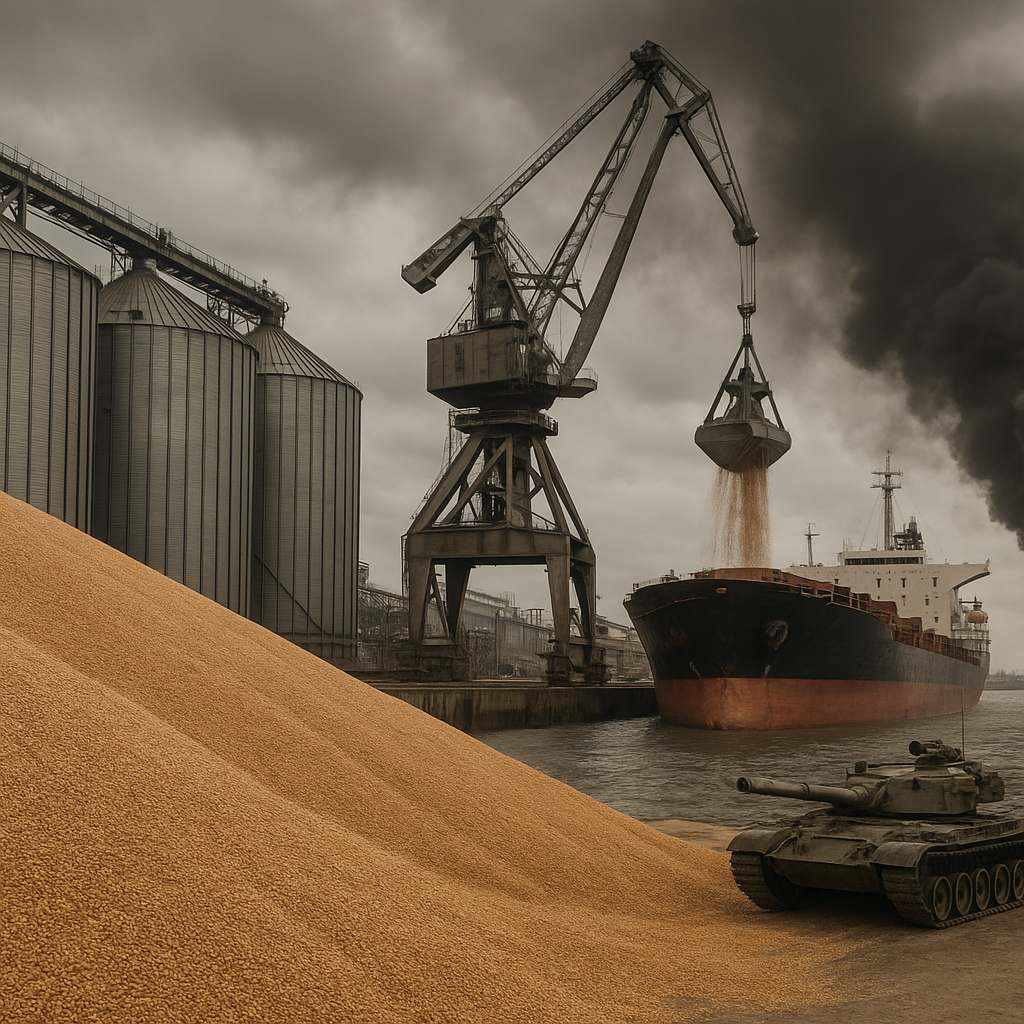
Agriculture and agricultural price analysis are crucial components of understanding the dynamics of food production and distribution across the globe. As the backbone of many economies, agriculture not only provides sustenance but also plays a significant role in shaping economic policies and trade relations. This article delves into the intricacies of agriculture, focusing on the factors influencing agricultural prices and the methodologies used to analyze these trends. By examining these elements, we can gain insights into the challenges and opportunities within the agricultural sector.
The Importance of Agriculture in the Global Economy
Agriculture is a fundamental sector that supports the livelihoods of billions of people worldwide. It encompasses a wide range of activities, from crop cultivation and livestock farming to forestry and fisheries. The sector is vital for food security, providing the necessary resources to feed the global population. Moreover, agriculture is a significant contributor to national economies, particularly in developing countries where it often accounts for a substantial portion of GDP and employment.
In addition to its economic contributions, agriculture plays a critical role in environmental sustainability. Sustainable agricultural practices can help mitigate climate change, preserve biodiversity, and maintain soil health. As such, the sector is at the forefront of efforts to balance economic growth with environmental stewardship.
Challenges Facing the Agricultural Sector
Despite its importance, the agricultural sector faces numerous challenges that can impact productivity and sustainability. Climate change is one of the most pressing issues, as it affects weather patterns, water availability, and crop yields. Farmers must adapt to these changes by adopting resilient practices and technologies.
Another challenge is the increasing demand for food due to population growth. This demand puts pressure on agricultural systems to produce more with limited resources. Additionally, issues such as land degradation, water scarcity, and pest infestations further complicate the task of ensuring food security.
Economic factors also play a significant role in shaping the agricultural landscape. Fluctuations in commodity prices, trade policies, and market access can all influence the profitability and viability of farming operations. Understanding these economic dynamics is essential for developing effective strategies to support the agricultural sector.
Understanding Agricultural Price Analysis
Agricultural price analysis is a critical tool for understanding the factors that influence the cost of agricultural products. By examining price trends, stakeholders can make informed decisions about production, marketing, and policy development. Price analysis involves a combination of statistical techniques, economic theories, and market intelligence to interpret data and forecast future trends.
Factors Influencing Agricultural Prices
Several factors can influence agricultural prices, including supply and demand dynamics, production costs, and external economic conditions. Supply factors include weather conditions, crop yields, and technological advancements that affect production levels. Demand factors encompass consumer preferences, population growth, and income levels, which determine the quantity of agricultural products needed.
Production costs, such as labor, inputs, and transportation, also play a significant role in determining prices. Changes in these costs can directly impact the profitability of agricultural operations and influence market prices. Additionally, external economic conditions, such as exchange rates, trade policies, and global market trends, can affect the competitiveness of agricultural products in international markets.
Methodologies for Price Analysis
Various methodologies are used in agricultural price analysis to interpret data and forecast trends. These methodologies range from simple descriptive statistics to complex econometric models. Descriptive statistics provide a basic understanding of price trends by summarizing data through measures such as mean, median, and standard deviation.
Econometric models, on the other hand, offer a more sophisticated approach by incorporating multiple variables and their interactions. These models can help identify causal relationships and predict future price movements based on historical data. Time series analysis is another common technique used to analyze price trends over time, allowing for the identification of seasonal patterns and long-term trends.
Market intelligence and qualitative analysis also play a crucial role in price analysis. By gathering information from industry reports, expert opinions, and market surveys, analysts can gain insights into the factors driving price changes and make more accurate forecasts.
Case Study: Regional Price Trends for Herbs in South America
To illustrate the application of agricultural price analysis, we can examine the regional price trends for herbs in South America. This region is known for its diverse climate and rich biodiversity, making it an ideal location for cultivating a wide variety of herbs. The demand for herbs has been increasing globally due to their culinary, medicinal, and aromatic properties.
Supply and Demand Dynamics
The supply of herbs in South America is influenced by several factors, including climate conditions, agricultural practices, and technological advancements. The region’s diverse climate allows for the cultivation of a wide range of herbs, from tropical varieties to those suited for temperate climates. However, climate change poses a significant challenge, as it can lead to unpredictable weather patterns and affect crop yields.
On the demand side, the growing interest in natural and organic products has led to an increase in the consumption of herbs. Consumers are becoming more health-conscious and are seeking out herbs for their nutritional and medicinal benefits. This trend is particularly evident in urban areas, where there is a higher demand for fresh and organic produce.
Price Trends and Analysis
Analyzing the price trends for herbs in South America involves examining both historical data and current market conditions. Historical data can provide insights into seasonal patterns and long-term trends, while current market conditions can help identify factors driving recent price changes.
One of the key factors influencing herb prices in South America is the cost of production. Labor costs, input prices, and transportation expenses can all impact the final price of herbs. Additionally, exchange rates and trade policies can affect the competitiveness of South American herbs in international markets.
By using econometric models and time series analysis, analysts can forecast future price trends and identify potential risks and opportunities. For example, a time series analysis might reveal a seasonal pattern in herb prices, with higher prices during certain months due to increased demand or reduced supply.
Conclusion
Agriculture and agricultural price analysis are essential for understanding the complex dynamics of food production and distribution. By examining the factors influencing agricultural prices and employing various analytical methodologies, stakeholders can make informed decisions to support the agricultural sector. The case study of regional price trends for herbs in South America highlights the importance of considering both supply and demand dynamics, as well as external economic conditions, in price analysis. As the global population continues to grow and environmental challenges persist, the need for effective agricultural price analysis will only become more critical.





